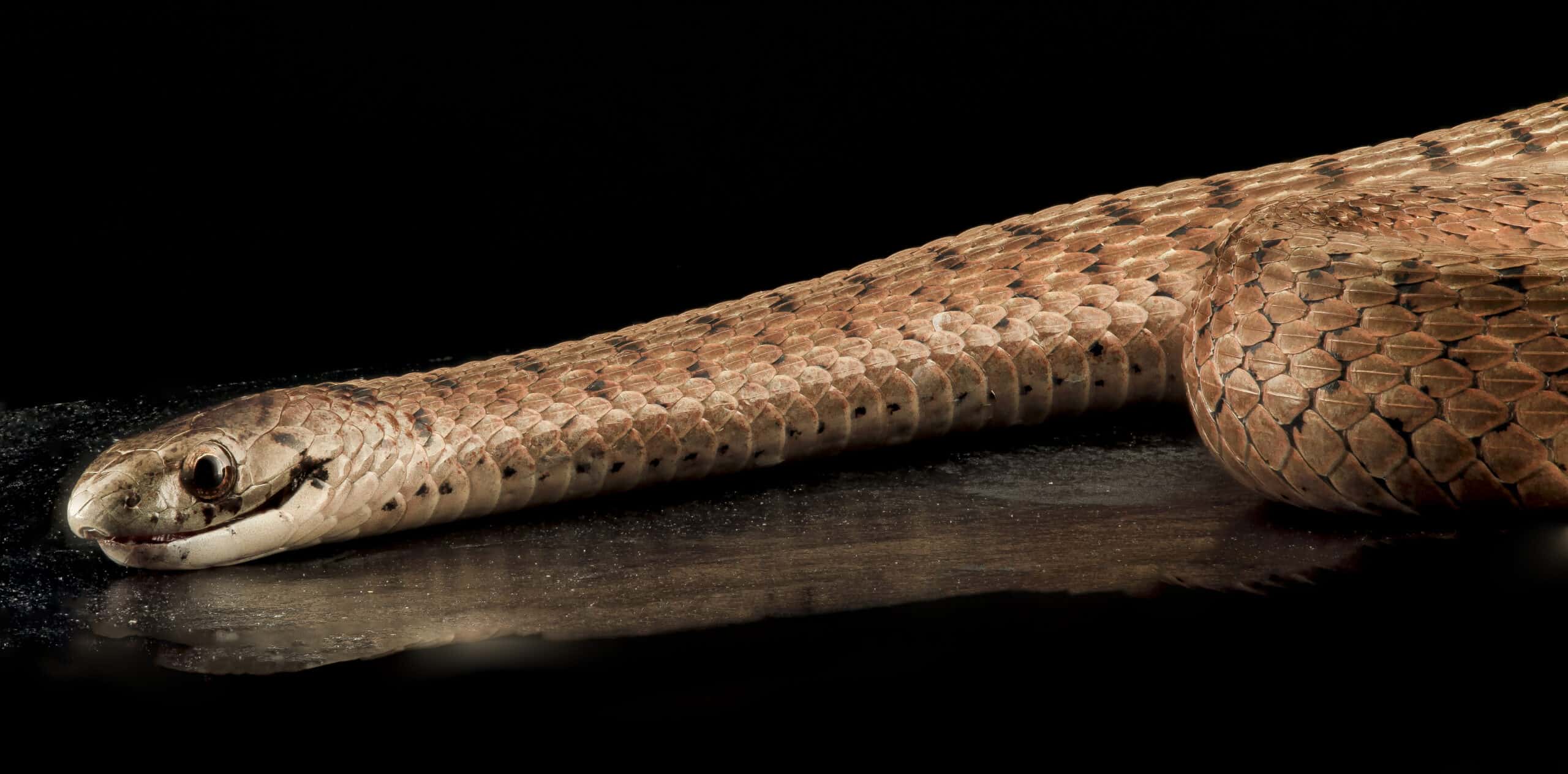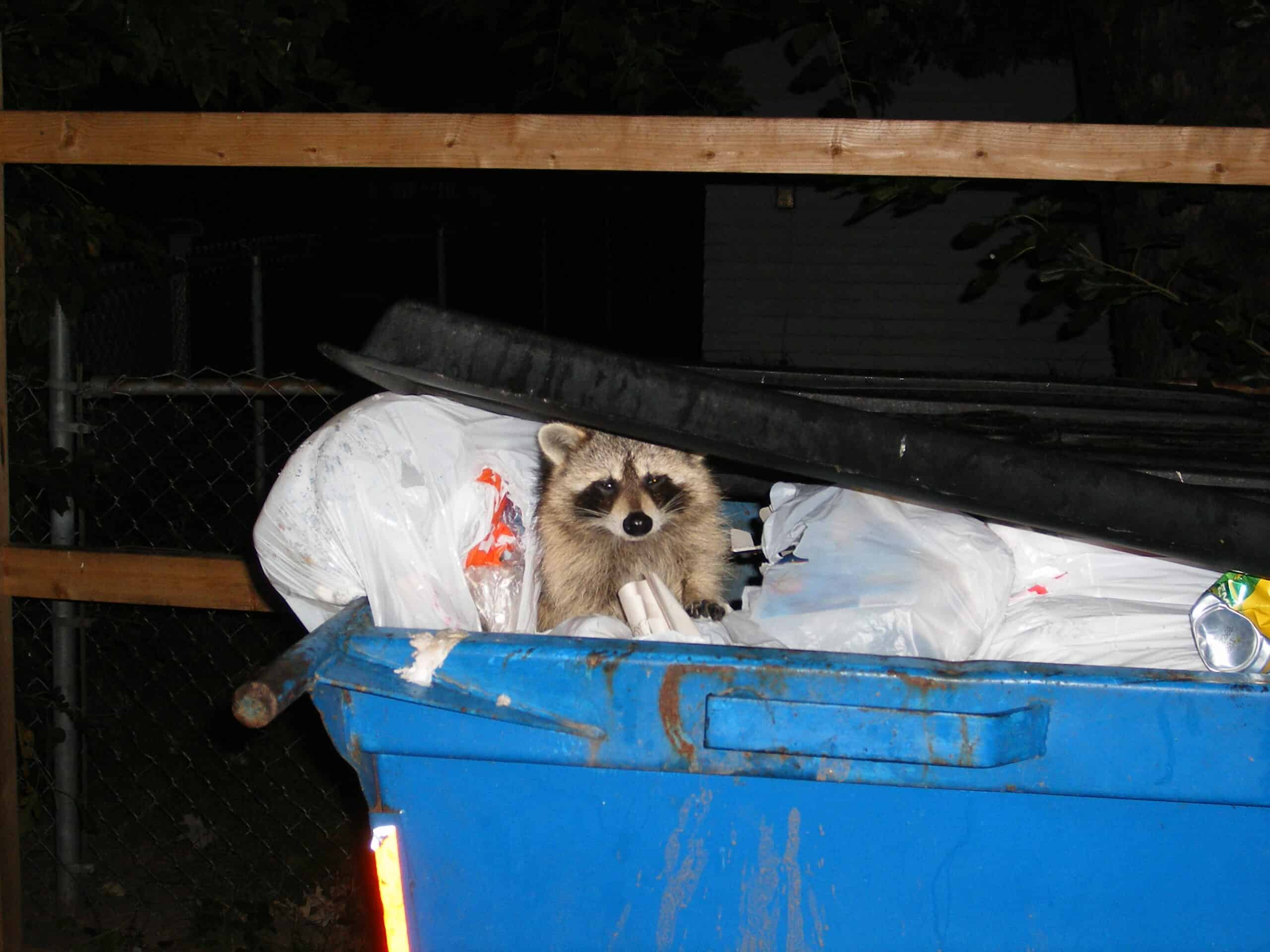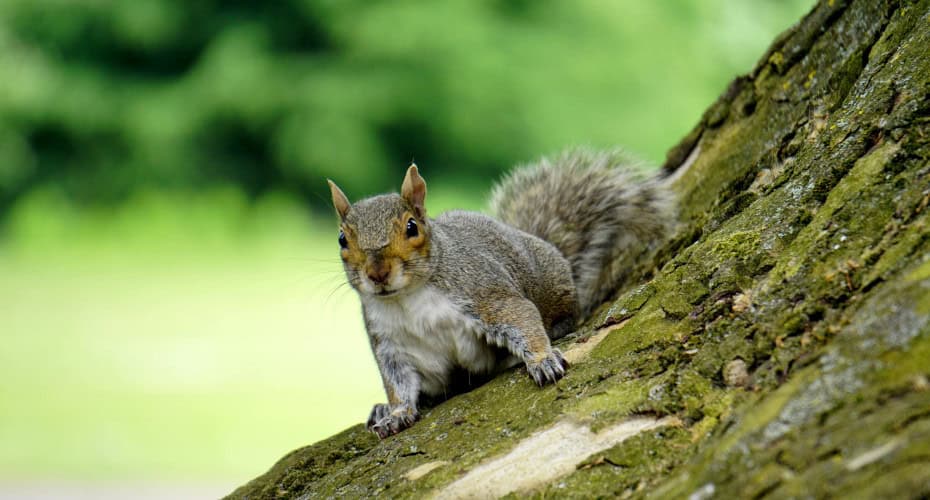Share this article
Wildlife Featured in this article
- Wood frog
- DeKay’s brownsnake
- Red-backed salamander
- Two-lined salamander
- Pickerel frog
- Common watersnake
- Spotted salamander
Northeastern cities in North America can be suitable for reptiles, amphibians
Many species subsist in urban areas—especially those with more green space
Northeastern cities may not be the worst places to live for reptiles and amphibians in North America, according to a new citizen science analysis.
“Overall, [these findings] suggest that you can look at cities just as you look at other ecosystems,” said David Marsh, a biology professor at Washington and Lee University in Virginia.
Marsh led a study published in Global Ecology and Conservation where he and his colleagues gathered data from iNaturalist—an app where users report organism sightings in their areas—in cities like Montreal and Toronto down to Nashville, and to St. Louis and Minneapolis in the West. They focused on the Northeast, where cities are traditionally organized with denser urban centers and more greenery in the suburbs.
They gathered data as far back as it was recorded on the app through June 2022 when they began to analyze their data. They then compared the GPS data points to maps containing information on landscape cover type in the cities.
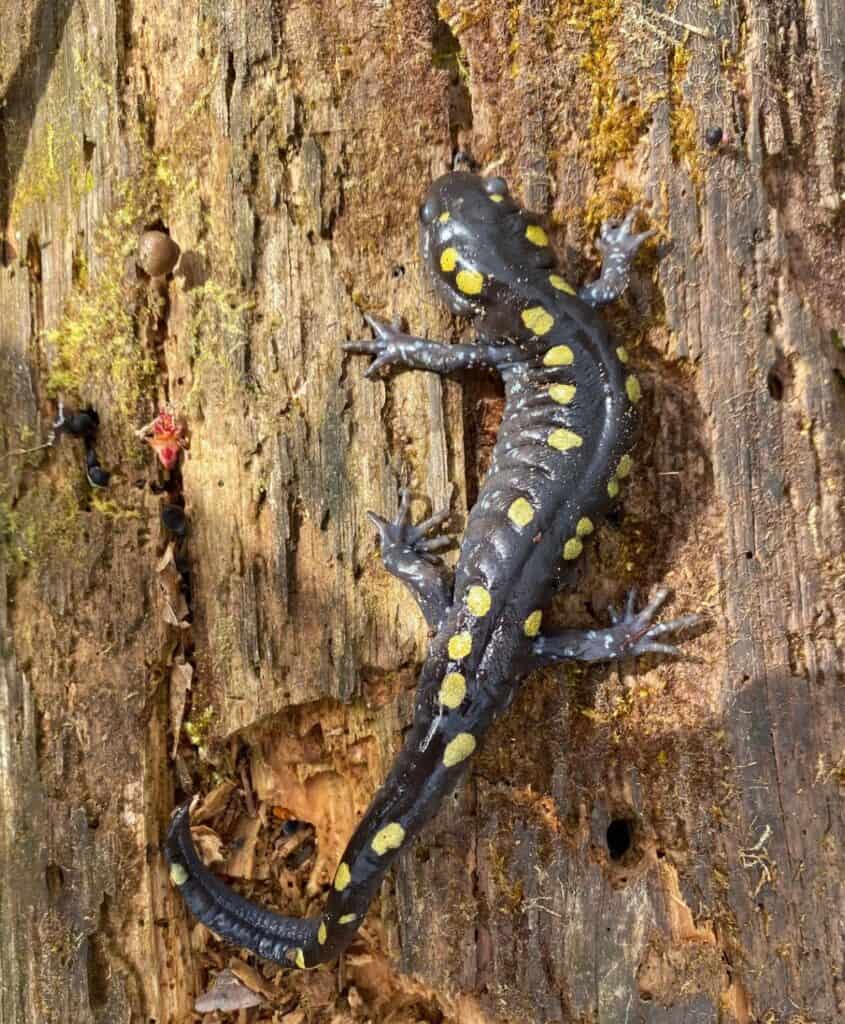
Decent species richness
For the most part, other than a couple of outlier cities like Nashville, the researchers found that the species present were quite similar in most of the cities they examined. The amount of data present also varied by place. “Apparently, Canadians love iNaturalist, because those cities had by far the most complete data sets we found,” Marsh said. They also found that the cities farthest to the north had many reptile and amphibian sightings.
Overall, the level of urbanity didn’t affect reptiles and amphibians as much as the researchers expected. There was only about 10-20% less species richness in cities compared to the surrounding suburban areas. “The species richness of amphibians and reptiles was fairly high in cities,” Marsh said.
Some species that seemed to tolerate urban areas pretty well included red-backed salamanders (Plethodon cinereus) and DeKay’s brownsnakes (Storeria dekayi). The former may tolerate cities well because they don’t require water to lay their eggs—their young hatch fully formed under rocks or logs without passing through a larval stage, Marsh said.
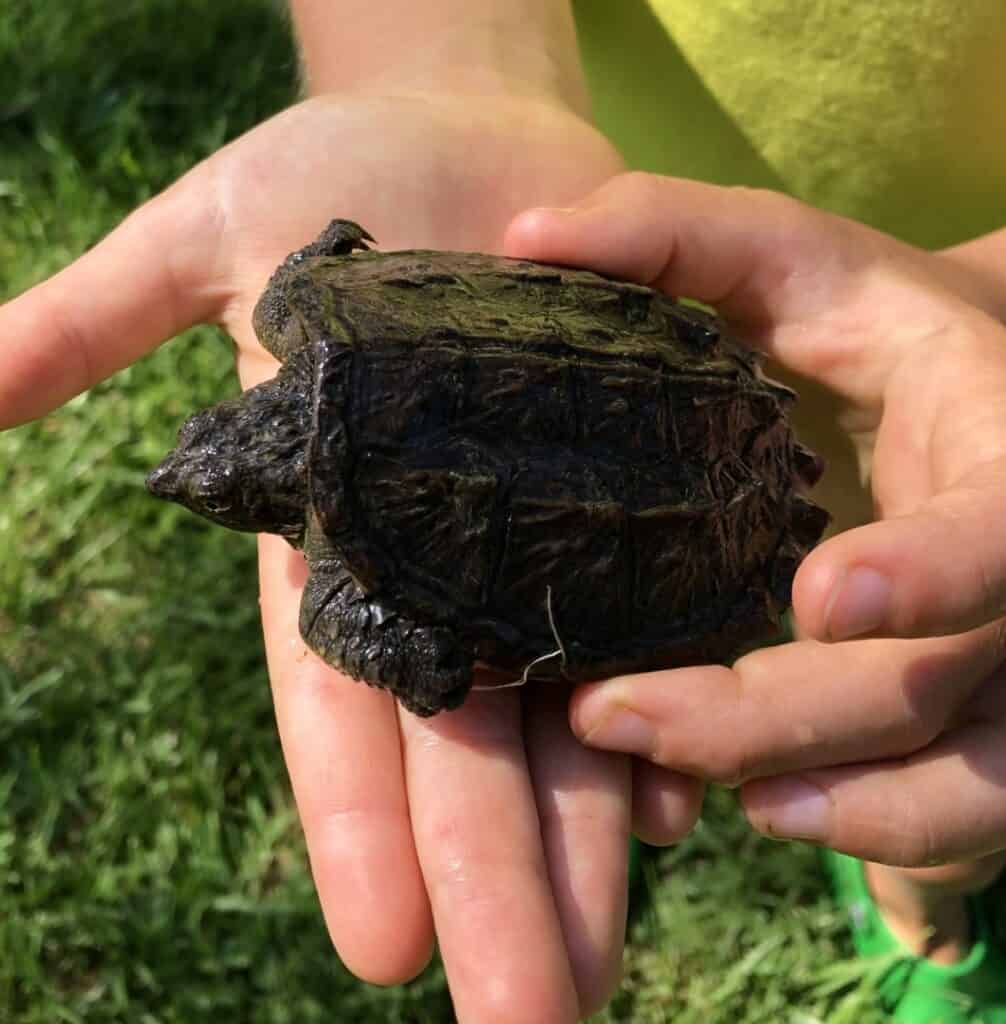
City-sensitive species
The team also found which species didn’t tolerate cities well based on which ones had fewer or no detections there. Species like wood frogs (Lithobates sylvaticus) and spotted salamanders (Ambystoma maculatum), for example, have very specific requirements. They need seasonal pools surrounded by forests—a type of ecosystem that doesn’t always appear much in urban areas. Species that prefer streams surrounded by forests like pickerel frogs (L. palustris), two-lined salamanders (Eurycea bislineata) and, to some extent, common watersnakes (Nerodia sipedon) also didn’t appear often in cities.
They did find that nonnative species diversity is often richer in cities than in the surrounding areas. “We can’t really tell whether it’s something about cities that support nonnative species, or if that’s just where they get released,” Marsh said.
Some cities supported reptile and amphibian diversity better than others, though. Cities like Indianapolis, Nashville and Columbus, Ohio had a similar species richness as their surrounding rural areas. Marsh said this is likely due to the fact that these cities have more green space downtown—the urbanization wasn’t as dense, either.
These findings suggest that temperate reptiles and amphibians don’t necessarily fit the common theory that cities have a kind of homogenization effect on diversity, the researchers said. Other researchers have pointed out this trend in birds—where cities seem to favor only generalist species like pigeons (Columba livia), European starlings (Sturnus vulgaris) or house sparrows (Passer domesticus).
With reptiles and amphibians, this trend doesn’t seem to be the case, Marsh said.
Header Image: DeKay’s brownsnakes were common in cities. Credit: USGS Bee Inventory and Monitoring Lab



